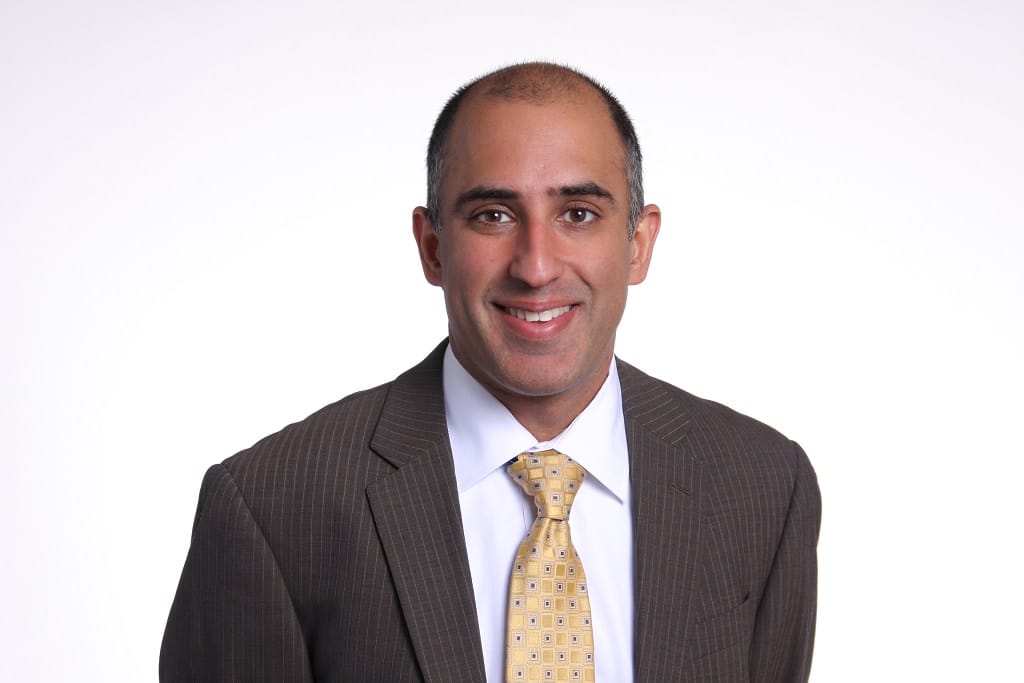With Security And Cost Concerns, Telehealth Is A Double-Edged Sword: Harvard Professor
March 4, 2021 – The benefits of telehealth, especially during the pandemic, is being offset by the enhanced security requirements and the increased costs to adapt, a professor of Harvard’s medical school said at a House hearing Tuesday. Ateev Mehrotra said at the House Energy and Commerce Committee

March 4, 2021 – The benefits of telehealth, especially during the pandemic, is being offset by the enhanced security requirements and the increased costs to adapt, a professor of Harvard’s medical school said at a House hearing Tuesday.
Ateev Mehrotra said at the House Energy and Commerce Committee studying the future of telehealth that new technologies have allowed many Americans to get healthcare from home. But with its expansion, and its growing popularity, health care policies will also need to keep pace – and there may be significant adaptation costs and security enhancements that will need be made, he said.
One security concern is evident in existing telephone scams, which are increasing. If a prospective patient doesn’t have adequate internet at home to video chat with their physician and require a phone, they are opening themselves up to potentially being scammed or worse, being given bad medical advice.
Similarly, other witnesses present at the hearing addressed health care providers’ concerns about pricing, security, and lack of universal access to adequate broadband as the limiting factors of telehealth, especially to rural communities and underserved intercity areas.
The increasing popularity of seeing a doctor virtually on your device, compared to in person, has elevated these concerns. Now, private insurers and governments are concerned about the sustainability of the required increase in health care spending.
Mehrotra outlined that health plans would also need to be updated to reflect the technological differences, including having audio-only appointments, and align with existing plans that see patients go in person.
The long-term solution is for health care providers to invest in access to video visits to all Americans for good. Mehrotra said he advocates for telemedicine visits to be charged at a lower rate than in-person visits. In the longer-term, telemedicine visits have a lower overhead per visit, he said. The payment should reflect those lower costs, which may open up competition for customers and even lower costs.








